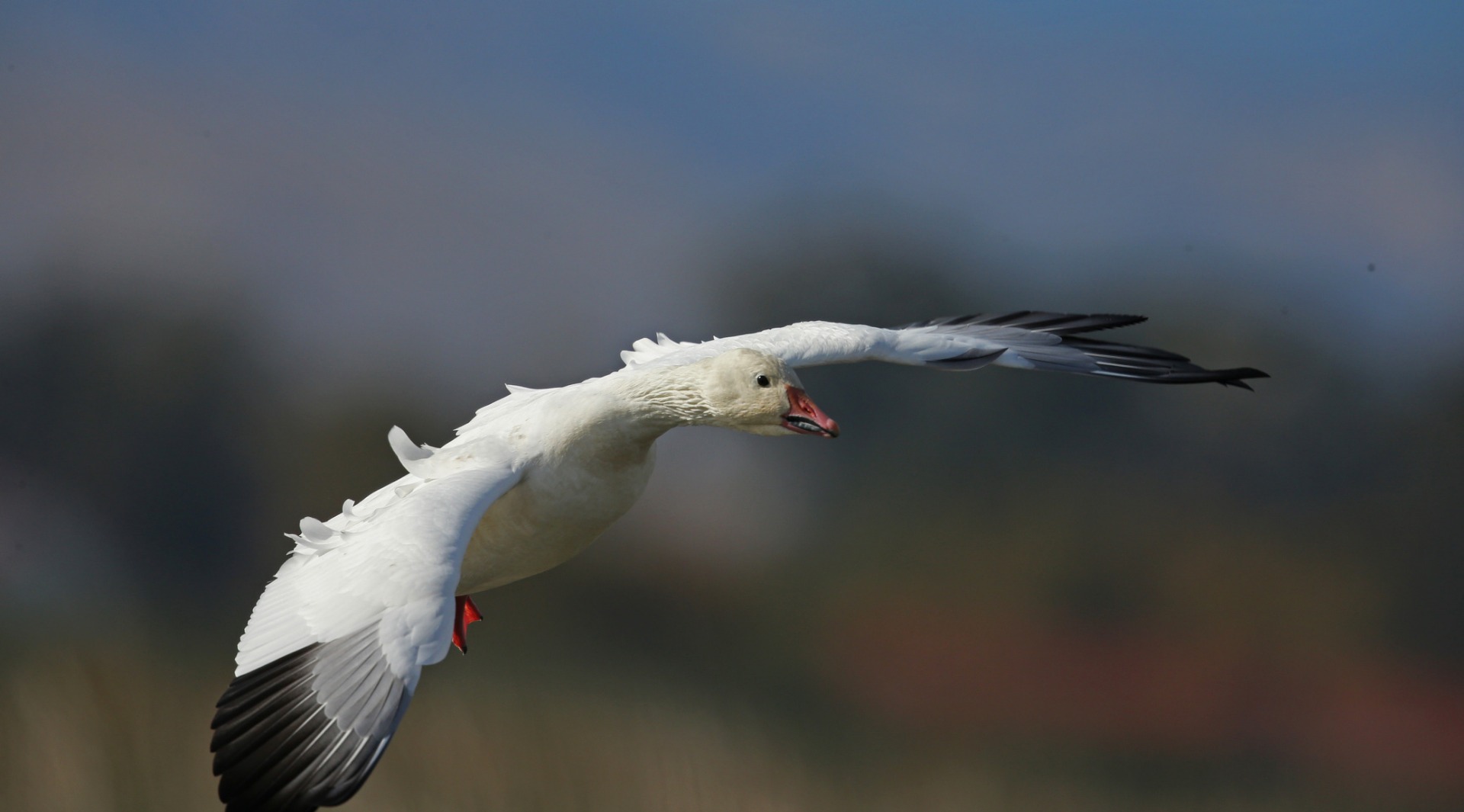Fish Report for 8-5-2018
How Does the National Archery in the Schools Program Work?

by CDFW
8-5-2018
Website
Question: I heard that the California Department of Fish and Wildlife (CDFW) will provide bows and arrows to schools that want to add archery to their physical education curriculum. Is that safe? Archery is a lot of fun but it’s also probably more dangerous than something like soccer or dodgeball, right? What kind of teacher training is offered or required? (Amy)
Answer: Archery is terrific activity that is accessible to any student, regardless of popularity, athletic skill, gender, size or academic ability.
CDFW is proud to be a partner of the National Archery in the Schools Program (NASP). This is an international-style archery program taught by teachers and delivered to students in physical education classes in grades 4-12. In addition to the fundamentals of archery, NASP students learn focus, self-control, discipline, patience and other life lessons that lead them down the path to success, both inside and outside the classroom.
The NASP program is designed to be delivered to students in a very concise, controlled manner. The range is usually set up indoors, with great precautions taken to prevent anyone from walking onto the range. Your school district’s Office of Risk Management will have information regarding insurance and the district’s general liability policy. The safety record of archery is exemplary, and in fact you might be surprised to learn that the National Safety Council and the insurance industry both consider archery safer than most school contact sports and all ball sports, including tennis and golf!
The first step to starting a NASP program in your school is to get the school administration to agree to offer the program in the school during the school day (typically as part of a gym class). The NASP startup archery kit runs around $3,000 depending on the equipment ordered. This typically includes 12 Genesis compound bows, five bullseye targets, one arrow-resistant net, one or two bow racks, five dozen arrows and an equipment maintenance kit. CDFW does offer grants to help cover the cost of the equipment, and most schools that apply do receive financial aid. Approved schools will also need to send a credentialed teacher to a NASP Basic Archery Instructor training class. These are offered regularly throughout the year at many locations throughout the state.
For more information about how to get started, please contact our California NASP Coordinator, Bridget Kennedy, at[email protected]. Bridget would be more than happy to help grow this incredible program in the Golden State.
Controlling coyotes
Answer: Information and tips about managing coyotes in urban neighborhoods can be found at www.wildlife.ca.gov/keepmewild. Most human/wildlife conflicts are caused by providing access to food, water or shelter. Keep small pets indoors at night, dusk and dawn. Do not leave pet food or water bowls outside. Make sure fences, animal pens and dog runs are secure.
Coyotes are a native non-game species that form family groups, rather than packs. Coyotes may be hunted at any time of year and in any number under the authority of a hunting license. Although we advocate taking preventative measures when possible, coyotes may also be killed at any time if they are a public safety threat or harassing, harming or killing pets and livestock – no state permit required. Local county/city firearms ordinances and laws must be followed and some areas may restrict or prohibit the discharge of a firearm or other activities like setting traps. Resolving coyote conflicts and protecting pets or livestock on private property are the responsibility of the landowner (or local jurisdiction). You may want to check with your city to see if they have developed their own coyote management plan specific to the community.
CDFW does not trap and relocate coyotes that are causing human/wildlife conflicts. Relocation does not solve the issue, it only moves the problem to another location and it is likely that other wildlife will take its place or the same animal will return. However, if a coyote is perceived as a threat to public safety, please notify local law enforcement or contact a CDFW office in your area.
Photos
< Previous Report Next Report >
< Previous Report Next Report >
More Reports

7-31-2018
Various Days — Bat Talk and Walk at Yolo Bypass Wildlife Area. Various times, 45211 County Road 32 B, Davis...... Read More

7-27-2018
The California Department of Fish and Wildlife (CDFW) will host a public outreach meeting on Saturday, Sept. 8, 2018, in...... Read More

Website Hosting and Design provided by TECK.net
